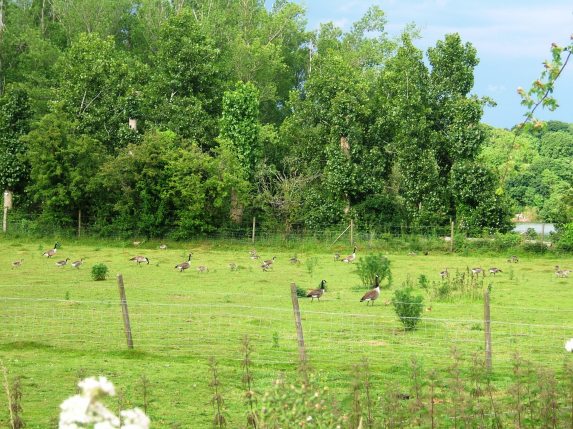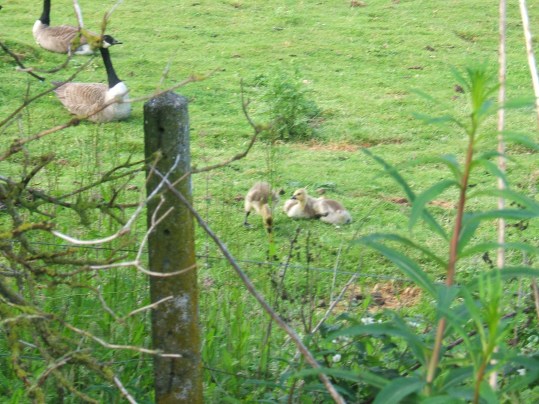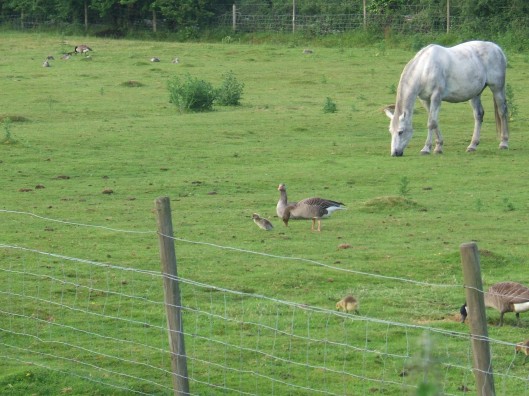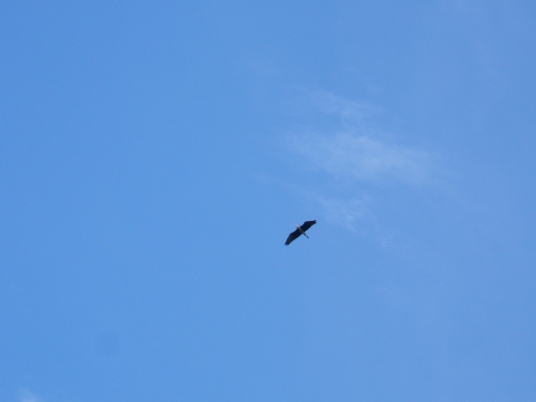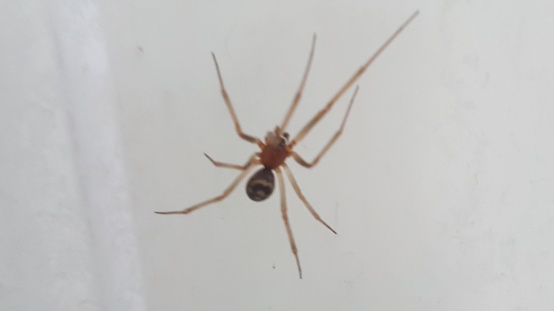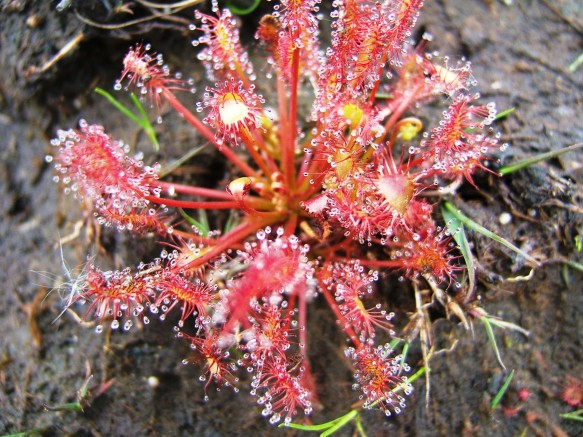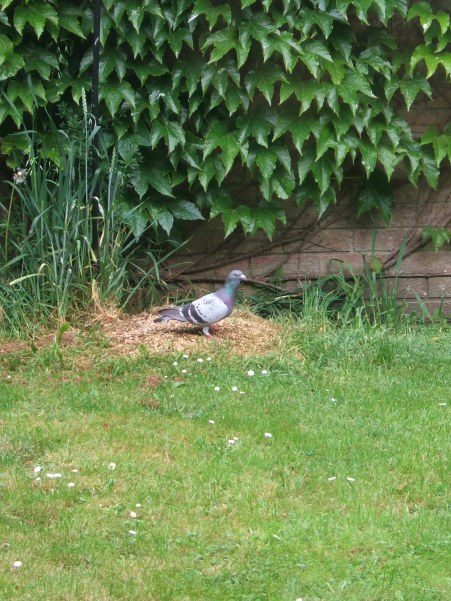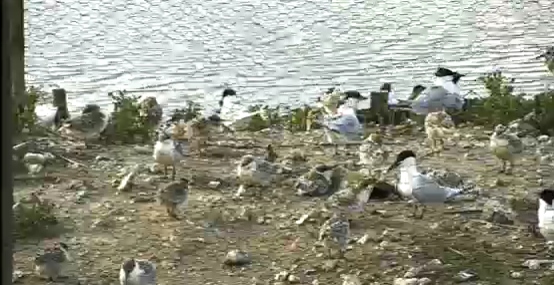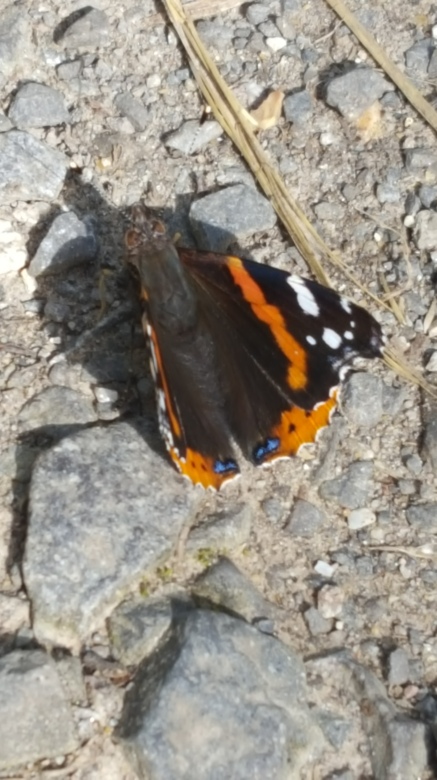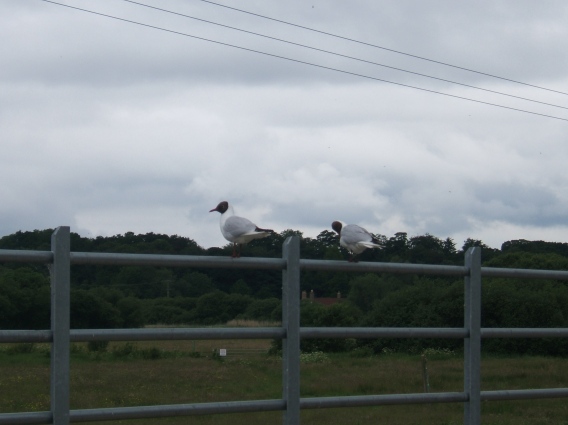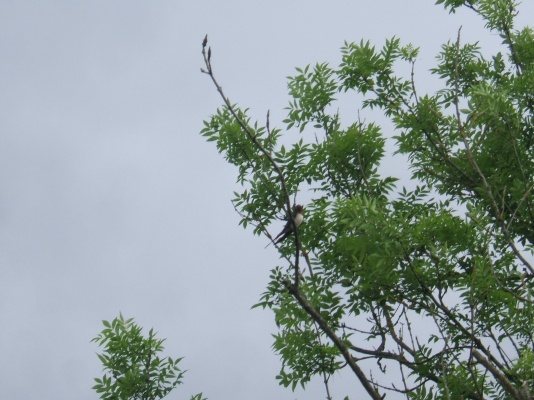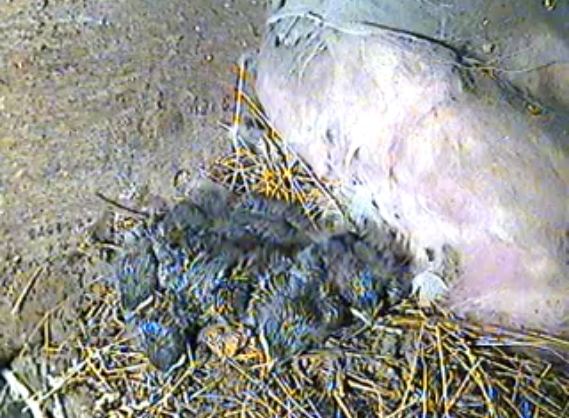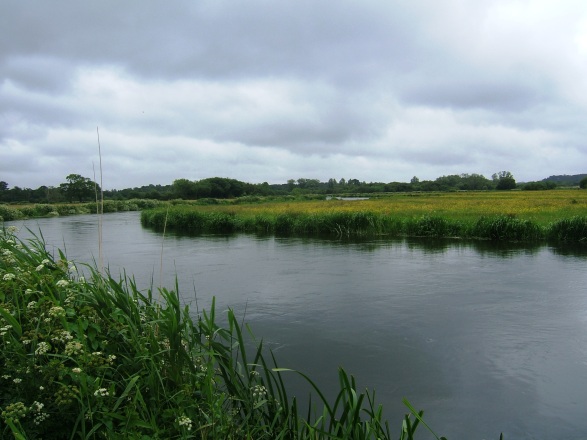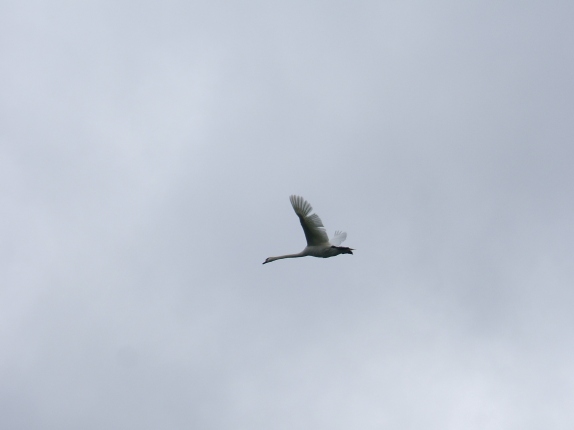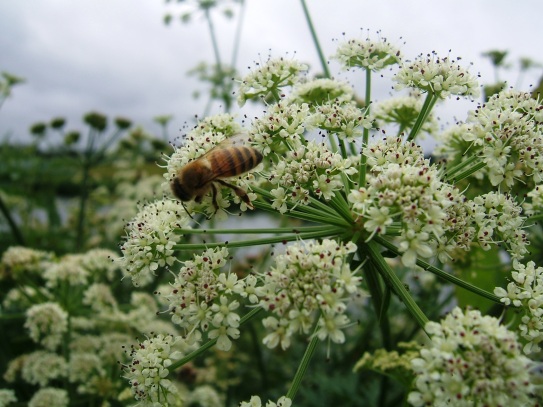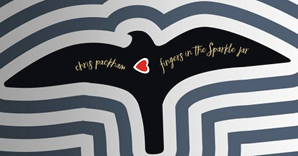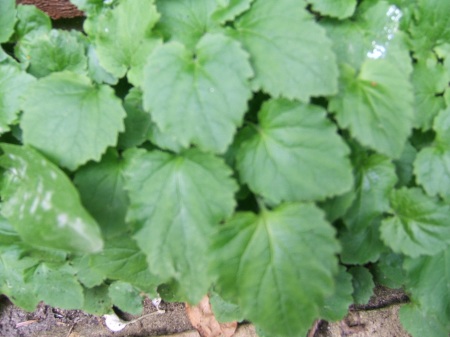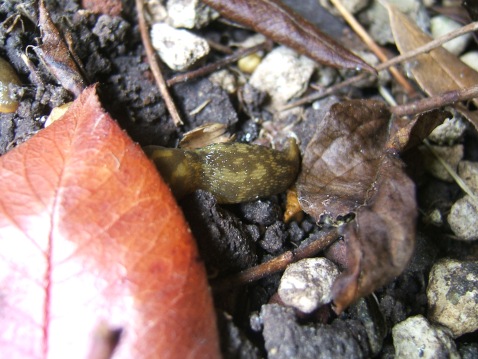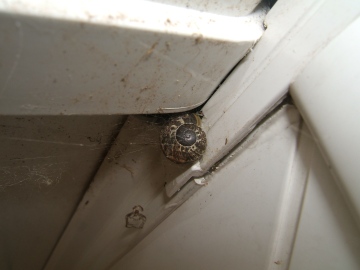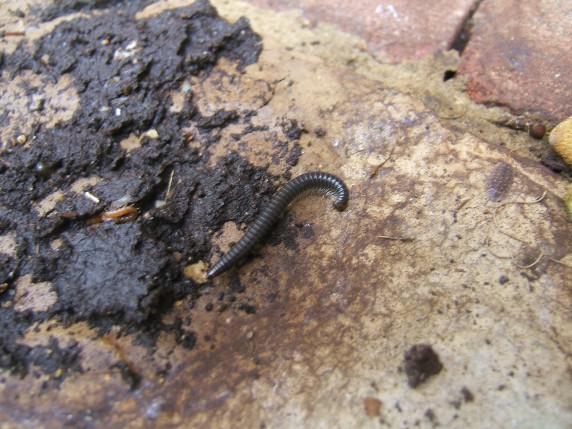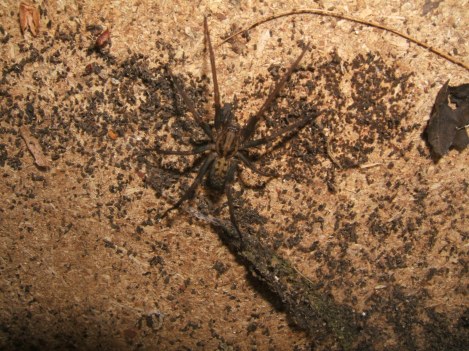On Sunday I went to one of my favorite nature reserves in the area, Blashford Lakes. Managed by the Hampshire and Isle of Wight Wildlife Trust the reserve is a series of flooded former gravel pits as well as some woodland. There are six hides on the reserve and a few viewing screens and it is a fantastic place to go and see wildlife.
I tend to walk to the reserve as it is not too far away and this means I pass more flooded gravel pits. Outside the reserve are lakes used for water sports but there is still plenty of wildlife to be seen on and around them.
As I came close to the reserve it became clear that one species was very abundant at the moment the common blue damselfly. There were thousand of the beautiful insects in the area. Like many species, the female is somewhat less colourful than the male but they are still incredible creatures.
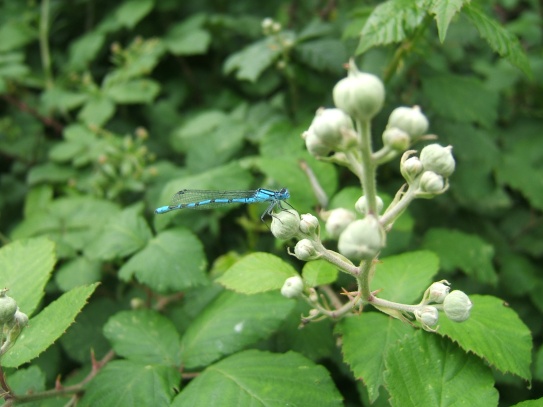
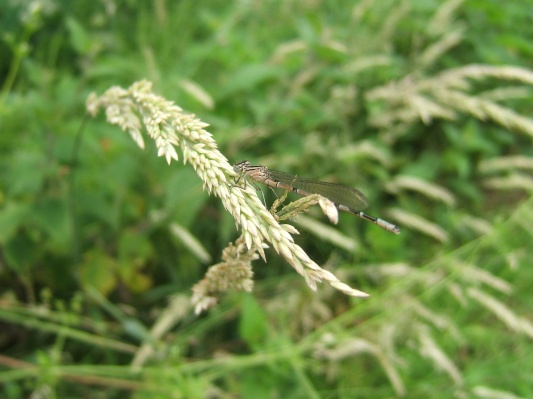
I also saw plenty of other interesting insects:
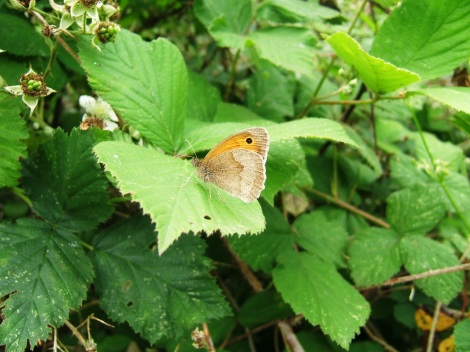
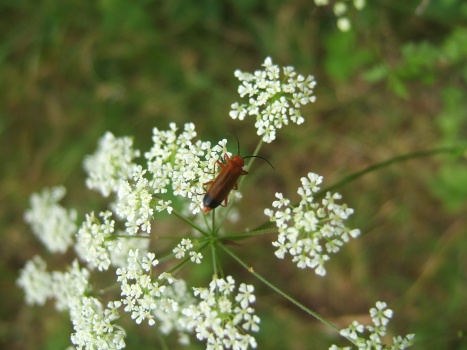
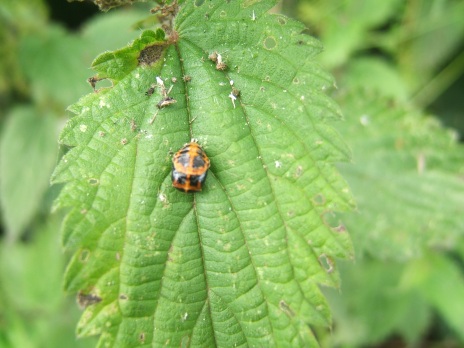
My first view of the lakes themselves was through a viewing screen on Ivy Lake where I got a lovely view of a family of Mute Swans.

I visited a few of the lake hides and didn’t see too much of interest but then it is coming towards the end of the season. I did see a bird of prey over Ibsley Water but the light made things difficult to identify it. It was an agile flyer and may have been a hobby but I really couldn’t see it clearly enough. I also saw many of the usual birds like black-headed gulls, great crested grebes, tufted ducks and a few terns.
Eventually I reached the Woodland Hide which is my favourite one. There’s lots of bird feeders in a wooded area and you never quite know what you will see. I had been in there only a couple of minutes when to my astonishment a young fallow deer wandered right past the hide. It was about four feet away at one point and I didn’t dare move to take a photo! It was a remarkable moment to be so close to an animal which can be very timid.
I also saw plenty of good bird life from the hide too. The most abundant visitor was goldfinches and they happen to be one of my favourite birds so I was pleased to see so many of them so close.

I also saw a stock dove, a bird I don’t think I’ve ever seen before. It is admittedly difficult to get too excited about pigeons though, even if they are new pigeons.
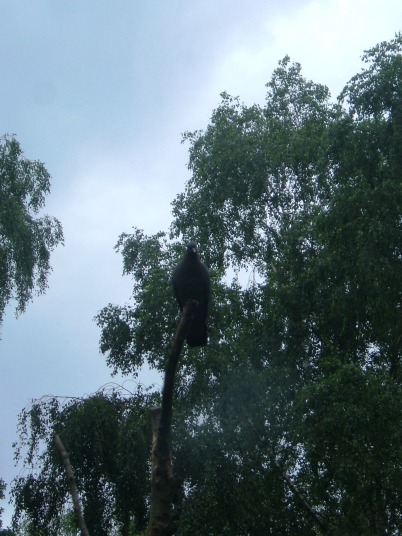
The bird highlight at the woodland hide were some juvenile Great Spotted Woodpeckers.

I then saw the juveniles woodpeckers a few minutes later in the woods.

I also saw some interesting fungi in and near the reserve. The only one I’ve so far been able to get identified is this Shaggy Bracket (Inonotus hispidus). This was actually found in woodland approaching the reserve and it’s bad news for the host tree and this fungus can damage and kill it’s host!
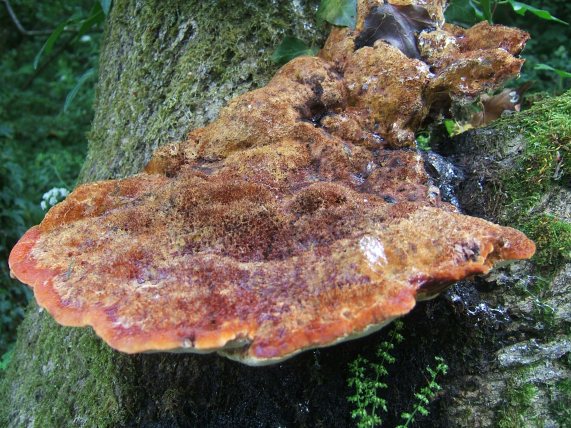
For more information about Blashford Lake visit their website here. There is also a fantastic reserve blog which is well worth a read.

